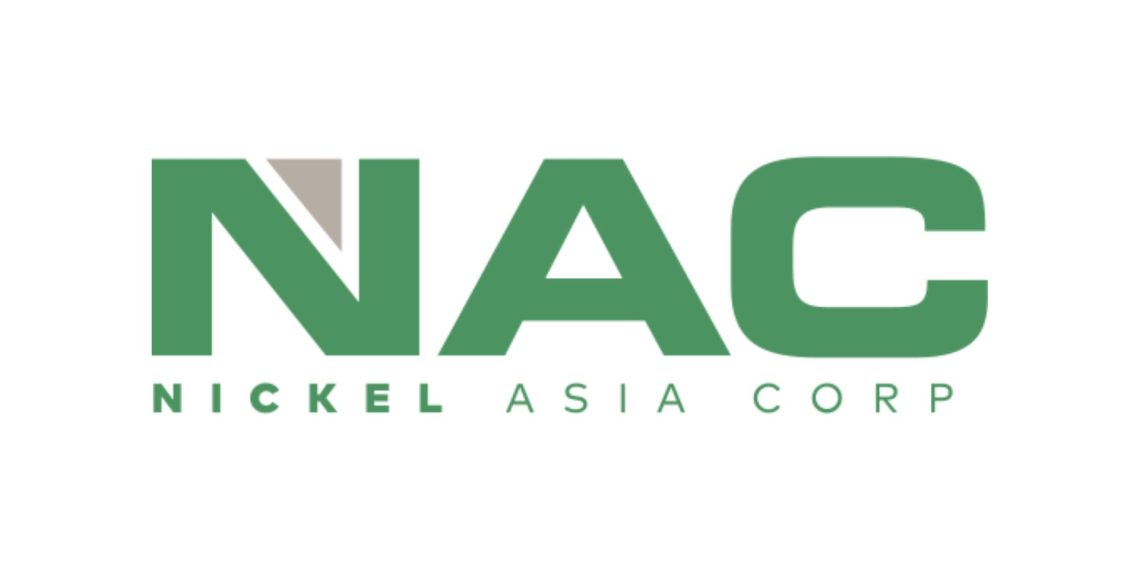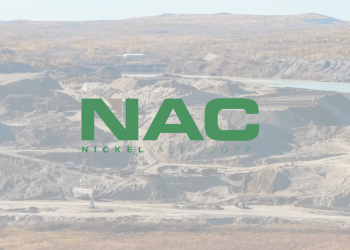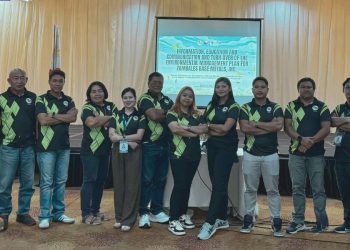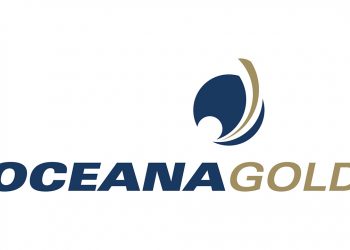Nickel Asia Corporation (NAC) achieved a significant milestone as the first company in the Philippines with mining assets to complete an inventory of its carbon emissions related to land use change.
A carbon emissions inventory is a systematic accounting of the amount of carbon dioxide (CO₂) and other greenhouse gases (GHGs) released into the atmosphere from specific activities, sources, or land use changes. It is the first step to identifying emission sources and planning reductions.
In a Manila Standard report, NAC said the inventory allows them to align with international best practices, reduce their environmental impact, and set meaningful climate action goals, such as achieving net-zero emissions by 2050.
The company added it plans to submit these targets to the Science Based Targets Initiative (SBTi), a global body that promotes climate science-based emission reductions.
The carbon emissions inventory study was conducted in collaboration with the University of the Philippines Los Baños (UPLB). The study focused on the nickel mining sites of NAC, namely, Cagdianao Mining in Cagdianao, Dinagat Islands; Hinatuan Mining in Surigao del Norte; Rio Tuba Nickel Mining in Bataraza, Palawan; and Taganito Mining in Claver, Surigao del Norte.
The research, titled “Carbon Emissions from Land Use Change in Nickel Mining,” was led by Dr. Florencia B. Pulhin. It calculated the carbon stored in various carbon pools and assessed the total carbon emissions from forests and soils impacted by mining operations.
NAC’s commitment to aligning its operations with global climate standards sets a positive precedent for other companies in the industry and showcases the company’s dedication to environmental sustainability.
With its carbon emissions inventory completed, NAC takes a significant step toward a sustainable future. Watch this space as the company moves closer to its Net Zero Carbon goal by 2050.














